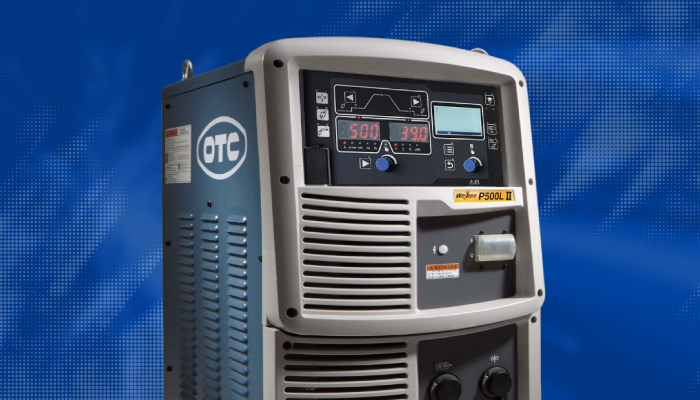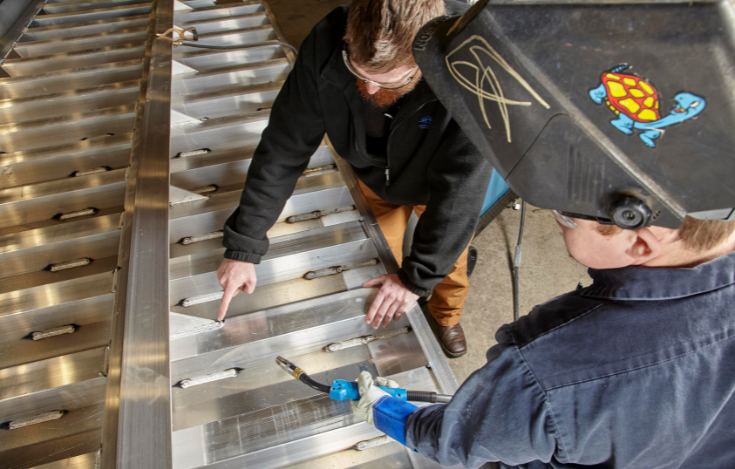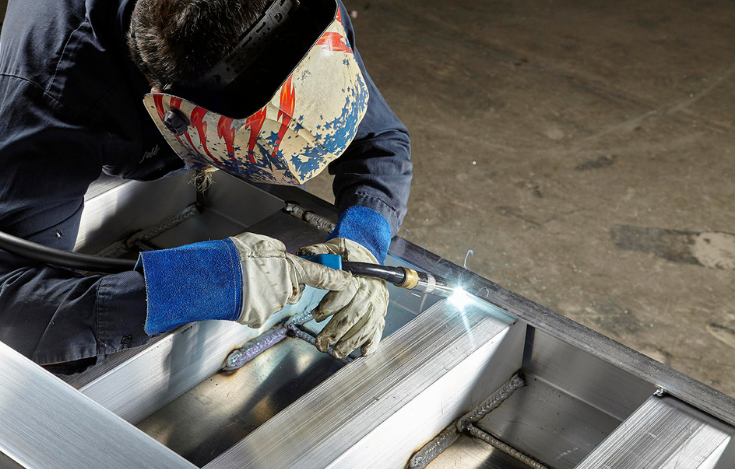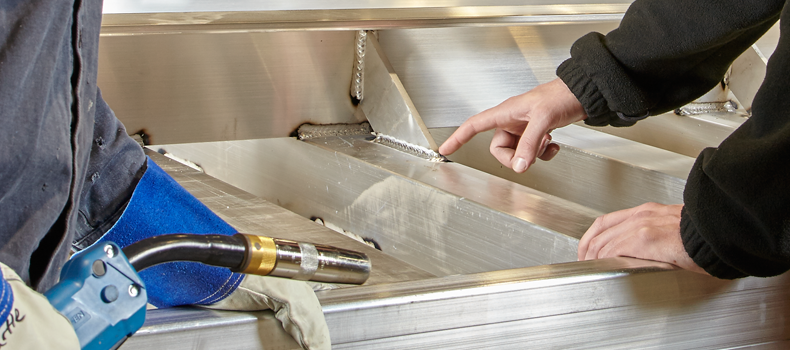When it comes to evaluating costs in your welding processes, many companies miss looking at the welding power source technology. Often, the right technology can cut costs associated with gas usage, wire selection and labor, significantly impacting profitability.
How Investing in an Advanced Welding Power Source Can Cut Costs
Topics: Manual Welding
When you're operating a production line, finished quality is vital to the success of your business. Engineers will spend a significant amount of time developing the specifications for your product, including developing the exact welding parameters for each part of the process. But how important are these welding parameters to the quality of the weld and your finished product? Very important!
Using improper parameters can lead to excess weld spatter, creating a need for additional cleanup of welds. A cold weld will sit high above the surface of the metalwork and result in a lack of fusion in the weld root, creating a weak joint and requiring time-consuming cleanup.
Topics: Manual Welding
As productivity demands continue to rise, it’s time to get rid of the old mindset that you can’t MIG weld aluminum with 1/16” wire. Yes, you can! And, it can be done in a way that is smooth for welders and increases weld quality and productivity.
Topics: Robotic Welding, Manual Welding
There are many methods to achieve metal fusion via welding, and choosing the right welding process is crucial to a production line. To help determine the best type of welding process to get the highest quality weld, take into consideration the following factors for the most common manual and robotic welding processes.
Topics: Robotic Welding, Manual Welding
The Welbee II Welding Power Source Buyer’s Guide & Comparison Chart
Welding Power Source Buyer’s Guide & Comparison Chart
The Welbee welding power source has long been known as a leader in innovation, efficiency and high quality in arc welding. And now, they’ve done it again with the introduction of the new Welbee II series.
Topics: Manual Welding, Buyers Guides
OTC DAIHEN Releases New Cutting-Edge Robotic and Manual Welding Solutions
As a global leader in innovative welding and robotics solutions, we understand the challenges manufacturers face today. And we have the solutions.
OTC DAIHEN this year has released some of the hottest innovations and technologies in robotic welders, power sources, teach pendants, cobot welders, manual welders and more.
Let’s get your production out the door faster! Check out our newest product releases:
Topics: Robotic Welding, Manual Welding, OTC DAIHEN News







.gif)

